The price increase is attributed to tariffs imposed on imported artificial Christmas trees, which are primarily manufactured in China. The tariffs, implemented as part of the ongoing trade tensions between the United States and China, have led to higher production costs for companies like Balsam Hill. Harman explained that the company has been working to mitigate the effects of the tariffs, but the increased costs will ultimately be passed on to consumers.
In addition to tariffs, supply chain pressures have also contributed to the price increase. Harman noted that the global supply chain has been disrupted due to various factors, including the COVID-19 pandemic and ongoing trade tensions. This has resulted in higher costs for raw materials and transportation, which are then passed on to consumers.
The American Christmas Tree Association estimates that the average price of an artificial Christmas tree will increase by around 10 to 15 percent this year. This may not seem like a significant increase, but for consumers who are already budget-conscious, it could make a difference. As Harman pointed out, "Whatever price point you might have been looking at last year, expect that to be about 10 to 15 more this year."
The impact of the price increase on consumers is a concern for many. Artificial Christmas trees are a popular choice for many households, and the increasing prices may lead some to consider alternative options, such as real Christmas trees or DIY decorations. However, for those who have invested in artificial trees in the past, the price increase may be a significant burden.
The current status of the artificial Christmas tree market is one of uncertainty, with many consumers waiting to see how prices will be affected by the tariffs and supply chain pressures. As the holiday season approaches, it remains to be seen how consumers will adapt to the increasing prices. In the meantime, companies like Balsam Hill are working to mitigate the effects of the tariffs and supply chain pressures, but the ultimate impact on consumers will depend on various factors, including their budget and preferences.










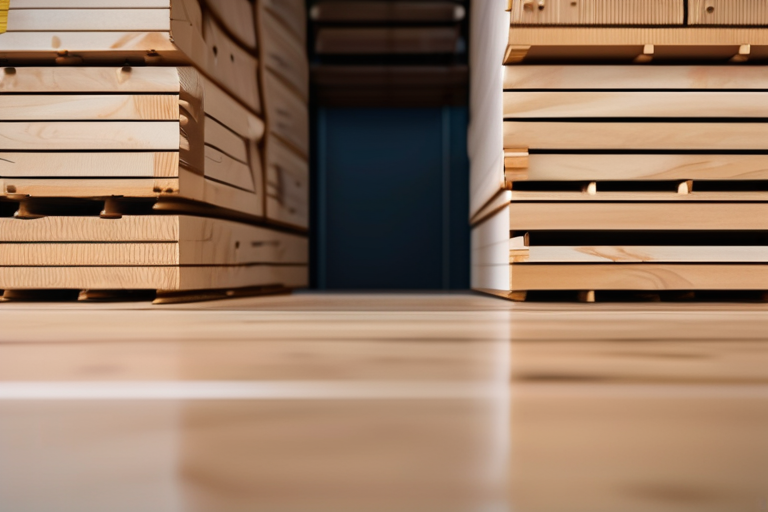
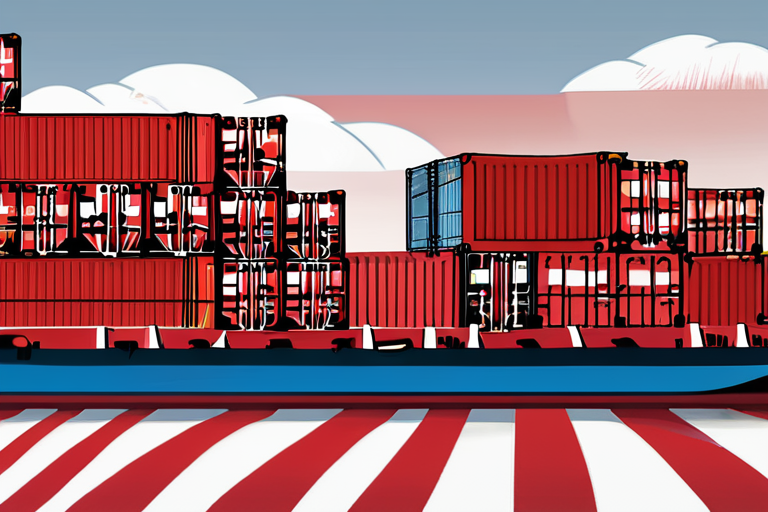
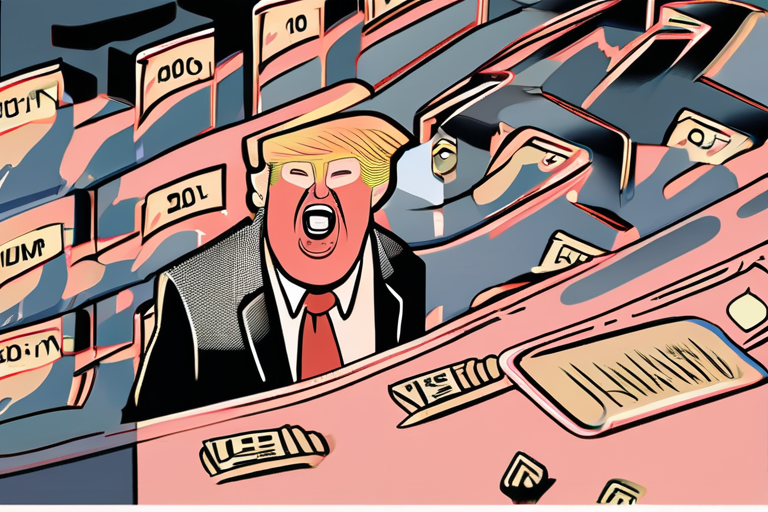




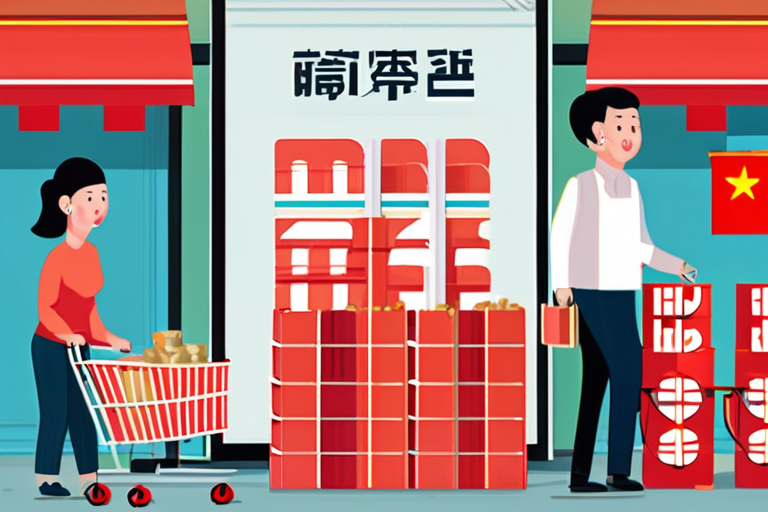
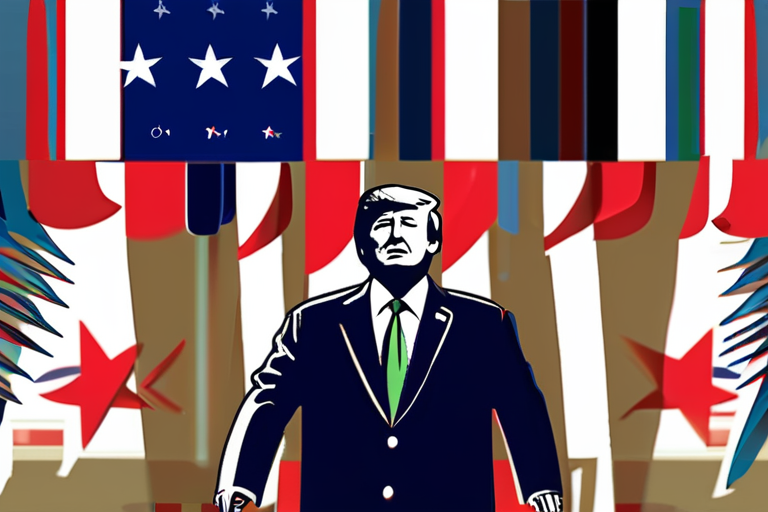

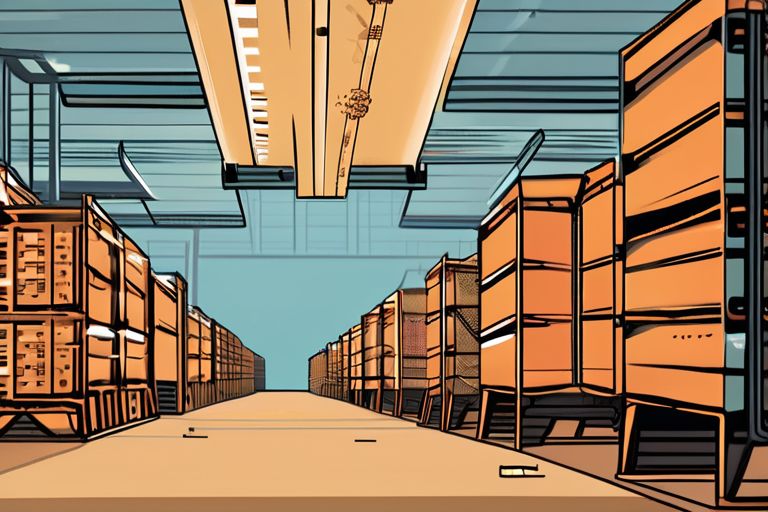





Share & Engage Share
Share this article